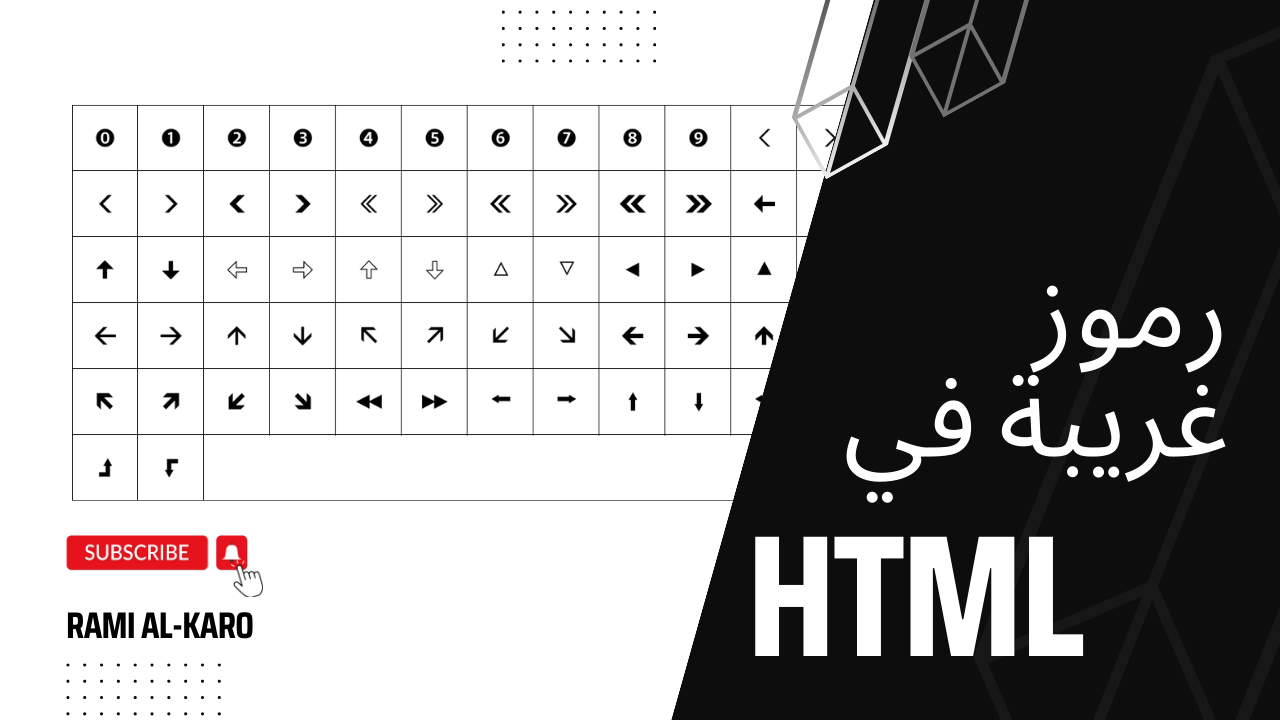Weird characters in HTML
Hey everyone, and welcome back to my channel! In this video, we're going to talk about weird characters in HTML.
Now, when you're working with HTML, you might occasionally come across some strange characters that you're not sure how to handle. These could be things like odd symbols or unusual punctuation marks, or even foreign letters or characters that you're not familiar with.
So, what do you do when you encounter these kinds of characters in your HTML code? Well, the first thing to keep in mind is that HTML has a specific set of allowed characters, which are known as the "HTML character set." This includes all of the standard letters, numbers, and symbols that you're probably used to using.
However, there are also some characters that are not part of the HTML character set, and these can cause issues when you're trying to display your web page. For example, if you try to include a character that's not supported by your web browser or operating system, you might end up with a blank space, a question mark, or even a strange symbol that doesn't make any sense.
To avoid these issues, there are a few things you can do. First, you can use "escape codes" to represent special characters in your HTML code. For example, if you want to include a less-than sign (<) in your text, you can use the code "<" instead. This tells the web browser to display the less-than sign as a regular character, rather than trying to interpret it as part of the HTML code.
Another option is to use a "character map" or "special characters" tool to find the character you need and copy it directly into your HTML code. This can be especially helpful if you're working with foreign or non-standard characters that you're not familiar with.
In any case, it's important to be aware of the potential issues that can arise when working with weird characters in HTML. By using escape codes or special characters tools, you can ensure that your web page displays correctly and that your viewers are able to read your content without any issues.
So, that's it for this video! I hope you found it helpful, and if you have any questions or comments, be sure to leave them down below. Thanks for watching, and I'll see you at the next one!

